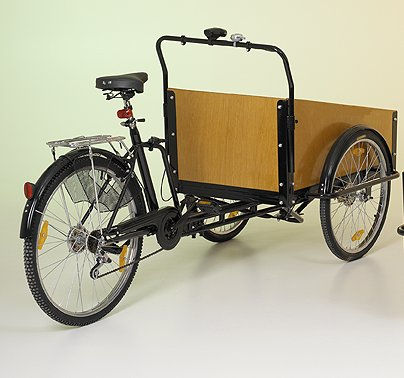CARGO TRICYCLES
- Osamede Obayuwana

- Aug 10, 2018
- 1 min read
Updated: Aug 18, 2018
Use of Cargo Tricycles for transportation of people, goods and services
Freight bicycles, carrier cycles, freight tricycles, cargo bikes, box bikes, or cycle-trucks are human powered vehicles designed and constructed specifically for transporting loads.
A tricycle, often abbreviated to trike, is a human-powered (or gravity-powered) three-wheeled vehicle.

Trikes are designed and constructed for transporting large loads. These trikes include a cargo area consisting of a steel tube carrier, an open or enclosed box, a flat platform, or a large, heavy-duty wire basket. These are usually mounted over one or both wheels, low behind the front wheel, or between parallel wheels at either the front or rear of the vehicle, to keep the center of gravity low. The frame and drive train must be constructed to handle loads several times that of an ordinary bicycle.

Common Uses
Freight bikes are used in a variety of settings:
Delivery services in dense urban environments
Food vending in high foot traffic areas (including specialist ice cream bikes)
Transporting trade tools, including around large installations such as power stations
Airport cargo handling
Recycling collections
Warehouse inventory transportation
Mail delivery
Child transport; it is estimated that 90% of the freight bicycles sold in Amsterdam are used primarily to carry children.


Freight bicycles have a number of advantages over motorised vehicles:
They do not create air pollution problems (e.g. enclosed warehouses and industrial plants)
They are less costly to operate
They are silent
They are not limited by the availability of fuel







Comments